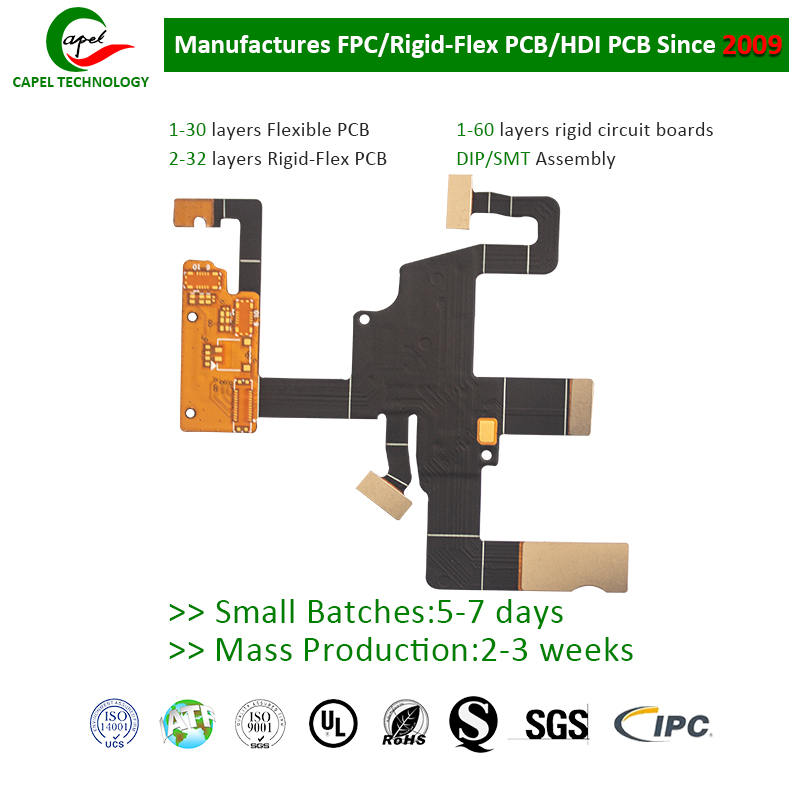Circuit boards are the backbone of any electronic device, supporting the flow of signals and power. However, when it comes to complex designs such as 12-layer boards used in sensitive signal transmission and high-voltage applications, power supply stability and noise issues can become troublesome. In this blog post, we will explore effective solutions to resolve these issues and ensure optimal performance.
Power supply stability is critical in electronic circuits, as fluctuations or interruptions can cause malfunctions or even permanent damage. Likewise, noise can interfere with signal transmission, causing errors and reducing overall system efficiency. By following these guidelines, you can improve performance and reliability when using 12-layer circuit boards in sensitive applications.
1. Plan power distribution thoroughly: Proper power distribution is critical to solving stability and noise issues. Start by carefully analyzing the circuit’s power requirements and developing a thoughtful distribution strategy. Identify critical power domains and ensure they have dedicated power planes or distributed power networks. This isolation helps prevent noise from one part interfering with another, thereby reducing the possibility of signal corruption.
2. Optimize decoupling capacitors: Decoupling capacitors play a key role in stabilizing the power supply and minimizing noise. These capacitors store electrical energy and release it during sudden current demands, ensuring stable voltage levels. To optimize decoupling, strategically place capacitors close to the power and ground pins of sensitive components. A mixture of low and high value capacitors in a carefully planned network provides effective decoupling over a wide frequency range.
3. Careful component placement: Component placement is a critical aspect of minimizing noise. Start by placing high-frequency components, such as oscillators and clock generators, as close to the power supply as possible. These components are more susceptible to noise, and placing them near the power supply reduces the chance of noise coupling. Likewise, keep sensitive components away from noisy components, high-power traces, or other potential sources of interference.
4. Layer stacking considerations: Proper layer stacking configuration is critical to mitigating noise and power transfer issues. Consider adding dedicated power and ground planes between signal layers to improve signal integrity and minimize crosstalk. Additionally, separating high-voltage traces from sensitive signal traces by placing them on different layers helps prevent noise coupling. When determining the best stack-up configuration, it is beneficial to work with an experienced PCB designer.
5. Controlled impedance design: Impedance mismatch can introduce signal reflections and degrade performance. In sensitive signal transmission, controlling impedance becomes critical. Make sure signal traces have the correct width, spacing, and copper thickness to achieve the required impedance. By maintaining controlled impedance throughout the circuit, you can reduce signal distortion and improve data integrity.
6. Effective EMI/EMC shielding: Electromagnetic interference (EMI) and electromagnetic compatibility (EMC) can significantly affect circuit performance. Use conductive enclosures to shield sensitive components or use metal shielded cans to minimize the effects of EMI. Additionally, employ proper grounding techniques such as star grounding or using a ground plane to further mitigate noise issues.
7. Comprehensive testing and analysis: After the circuit board is manufactured, comprehensive testing is performed to verify its performance. Utilize tools such as oscilloscopes, spectrum analyzers, and signal integrity software to analyze signal quality, power stability, and noise levels. Identify any areas of concern and adjust your design accordingly. Through iterative testing and analysis, you can achieve your ideal stability and noise performance.
By following these guidelines, you can effectively address power stability and noise issues on 12-layer circuit boards, especially in sensitive signal transmission and high-voltage applications. Remember that careful planning, proper power distribution, optimized decoupling, smart component placement, and stacking considerations play a key role in ensuring optimal circuit performance. Therefore, invest time and effort in these areas to create a robust and reliable PCB design.
Post time: Oct-04-2023
Back







